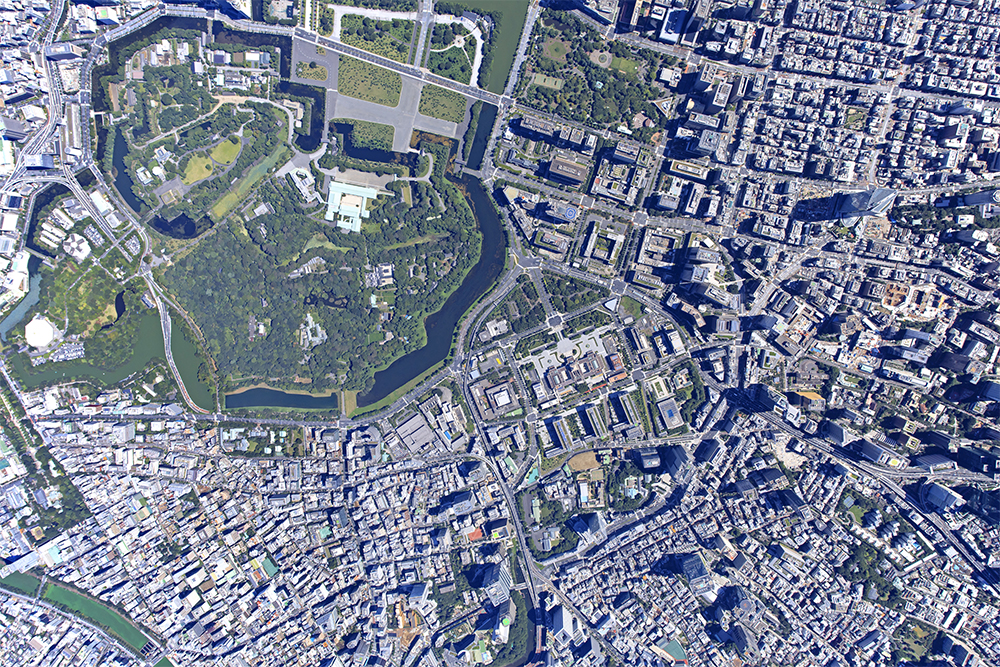Japan is an island consisting of 6852 small and large islands. These are located in the far eastern region of Eurasia in East Asia. The Japanese archipelago includes major islands such as Hokkaido, Honshu, Shikoku, and Kyushu, as well as Okinawa in the Ryukyu Islands, the Izu Islands, the Ogasawara Islands, etc. The territorial area is about 378,000㎢. Being an island, territorial waters and exclusive economic zones (EEZ) are very large, up to ten times larger than the territorial area.
.png)
About 70% of Japan is mountainous. Urban areas and industrial zones are concentrated in the plains that are quite narrow and restricted. We use the expression “neko no hitai” to describe the situation of the plains in Japan. It literally means “a cat’s forehead” and in a broader sense it is used to describe something that occupies a tiny surface.
.png)
Since the entire territory of Japan lies on the Pacific Rim, earthquakes are very common. The 10% to 20% of the world’s total earthquake energy seems to be concentrated in Japan. This also explains the wide distribution of volcanos.
In spite of all these geographical features, the population amounts to over 126 million people (in 2019).




